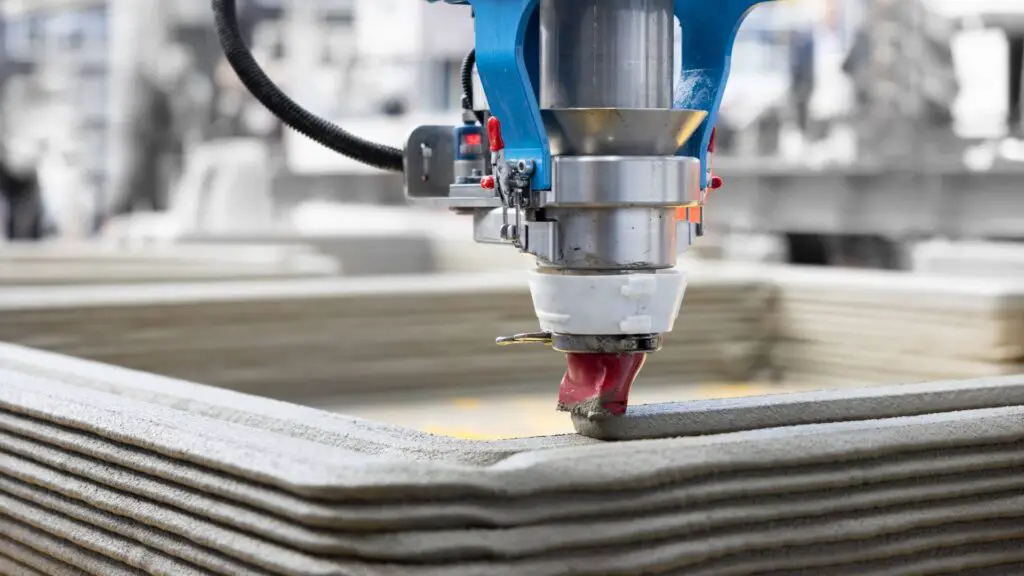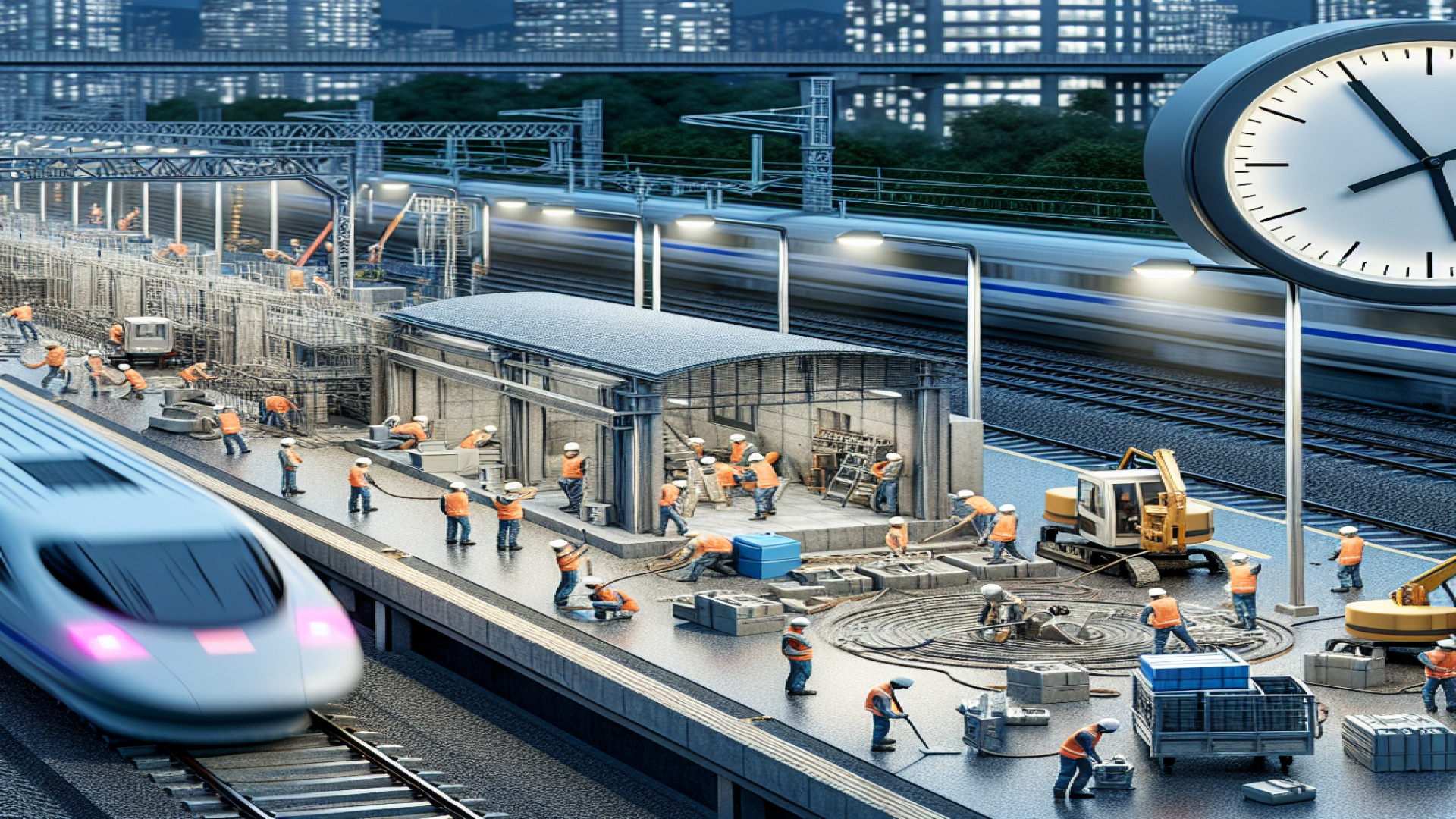Aging infrastructure poses a significant challenge, as seen at Hatsushima station in Japan’s Wakayama Prefecture. This stop on the Kisei main line, serving hundreds of travellers hourly, featured deteriorating wooden passenger shelters. Stepping in with an innovative solution, construction firm Serendix utilized 3D printing technology to create a replacement shelter, assembling it on-site in under six hours. This marks a notable upgrade for the station, leveraging Serendix’s prior experience in rapidly fabricating 3D printed replacement homes.
The Additive Manufacturing and Construction Process
While the on-site assembly was remarkably swift, the complete fabrication required careful planning. Serendix employed specialized machines designed for concrete additive manufacturing. Crafting the necessary composite parts took approximately one week off-site. These elements were then transported by rail to Hatsushima for the final, rapid assembly, strategically completed before the first train’s arrival at 5:45 am. The resulting structure is far from flimsy; it comprises layers of 3D printed mortar, reinforced internally with steel, and finished with a protective concrete coating, ensuring durability.

Shelter Design and Project Completion
The new shelter occupies a compact 10 square meters and incorporates design considerations for earthquake resistance, crucial in the region. Although assembled efficiently in late March, the structure requires final additions, like new ticket machines, before opening to passengers. Full operation is anticipated by July. This project timeline effectively demonstrates the potential efficiency gains when employing additive manufacturing for public infrastructure projects.
Cost Efficiency and Future Rail Applications
A primary advantage highlighted by this project is the cost-effectiveness derived from reduced labor requirements. Ryo Kawamoto, President of JR West’s venture capital arm, emphasized this point: “We believe that the significance of this project lies in the fact that the total number of people required will be reduced greatly.” The combination of automated fabrication and streamlined on-site work minimizes the need for a large workforce compared to traditional building methods. Consequently, industry observers anticipate seeing more such printed structures appearing across Japan’s railway network, offering an efficient means to maintain and upgrade facilities, especially on smaller, remote transport lines.
This infrastructure application showcases the power of large-scale additive manufacturing. While impressive, the technology’s versatility extends to vastly different scales and applications, from rapid prototyping to creating custom components across various industries. As explored frequently on Digital Tech Explorer, the potential for 3D printing continues to expand, offering innovative solutions to complex design and logistical challenges.


